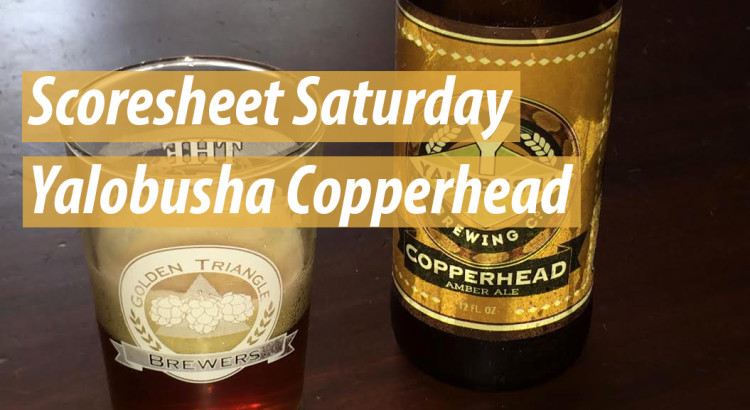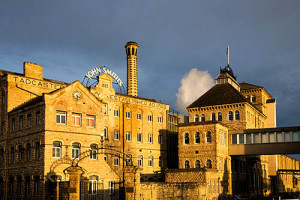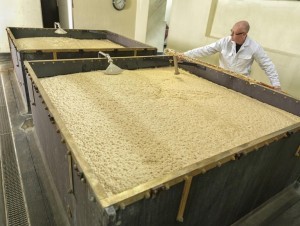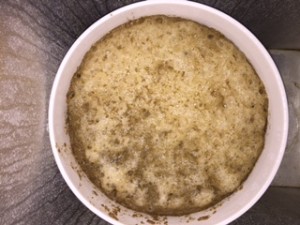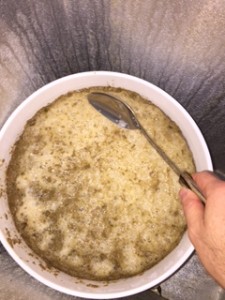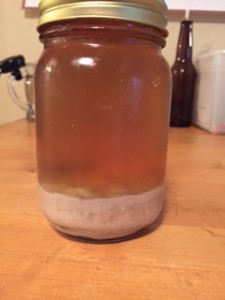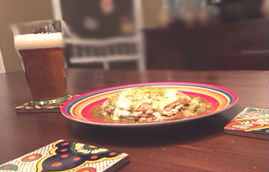Yalobusha Brewing in Water Valley, Mississippi is among the breweries of the recent Mississippi craft beer explosion. They came on the scene a couple of years ago along with several other up and coming breweries in the Magnolia State, and have been a welcome addition along with all the others.
One of my favorite Mississippi brews is Yalobusha’s Coperhead. Described by the brewery as a “unique copper colored ale with nutty toasted malt” and “amber ale.” When constructing a BJCP score sheet for it, I found it could be more fairly evaluated using the Red IPA style. The beer comes in at 65 IBU and 5.6% ABV. This is more in line with the Red IPA style than the American Amber Ale style, so I decided to use the guidelines for Red IPA.
Judge: Richard Bryant
Beer Name: Yalobusha Copperhead Amber Ale
Category: 21B Specialty IPA – Red IPA
Special Ingredients: None
Aroma: 9/12
Grainy sweet malt, light toasted bread with moderate piney hops. Low level of caramel aroma. Very low esters.
Appearance: 3/3
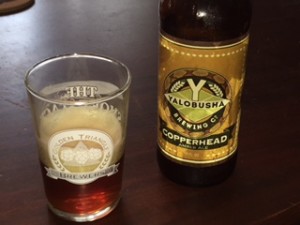 Deep copper color and clear with a large cream colored foamy head that last for the whole glass.
Deep copper color and clear with a large cream colored foamy head that last for the whole glass.
Flavor: 17/20
Balanced well toward the hop flavors and bitterness. Hop flavor is moderately high with a very piney note. Clean fermentation with a low caramel malt sweetness that is barely perceptible and a very low dark toast flavor. Finishes clean and dry with a lingering bitterness,
Mouthfeel: 3/5
Medium body with a moderately high carbonation. Slightly creamy due to the head and very slightly astringent.
Overall Impression: 7/10
Highly hopped and clean Red IPA. Somewhat dry. The hoppy balance tends to overpower the caramel and toast flavors that are relegated to the background. Overall a pleasant beer drinking experience especially for lovers of hoppier ambers. This beer sits on the fence between American Amber Ale and Red IPA coming in at 65 IBU and5.6% ABV it fits with Red IPA, but the drinking experience sits in the middle.
TOTAL: 39/50
Comments: This beer is one of those beers that are much more enjoyable to drink and enjoy than to try to evaluate. I really love to drink this beer after a day of work while cooking dinner or going through some other task. This score sheet goes to show how difficult it is to evaluate a beer you have already decided you like especially using the BJCP guidelines which were designed for homebrew competitions. Of course this beer is not a home brew, and has no reason to comply with the guidelines. In any case Copperhead is a very nice drinkable ale. Try it! You’ll like it!
